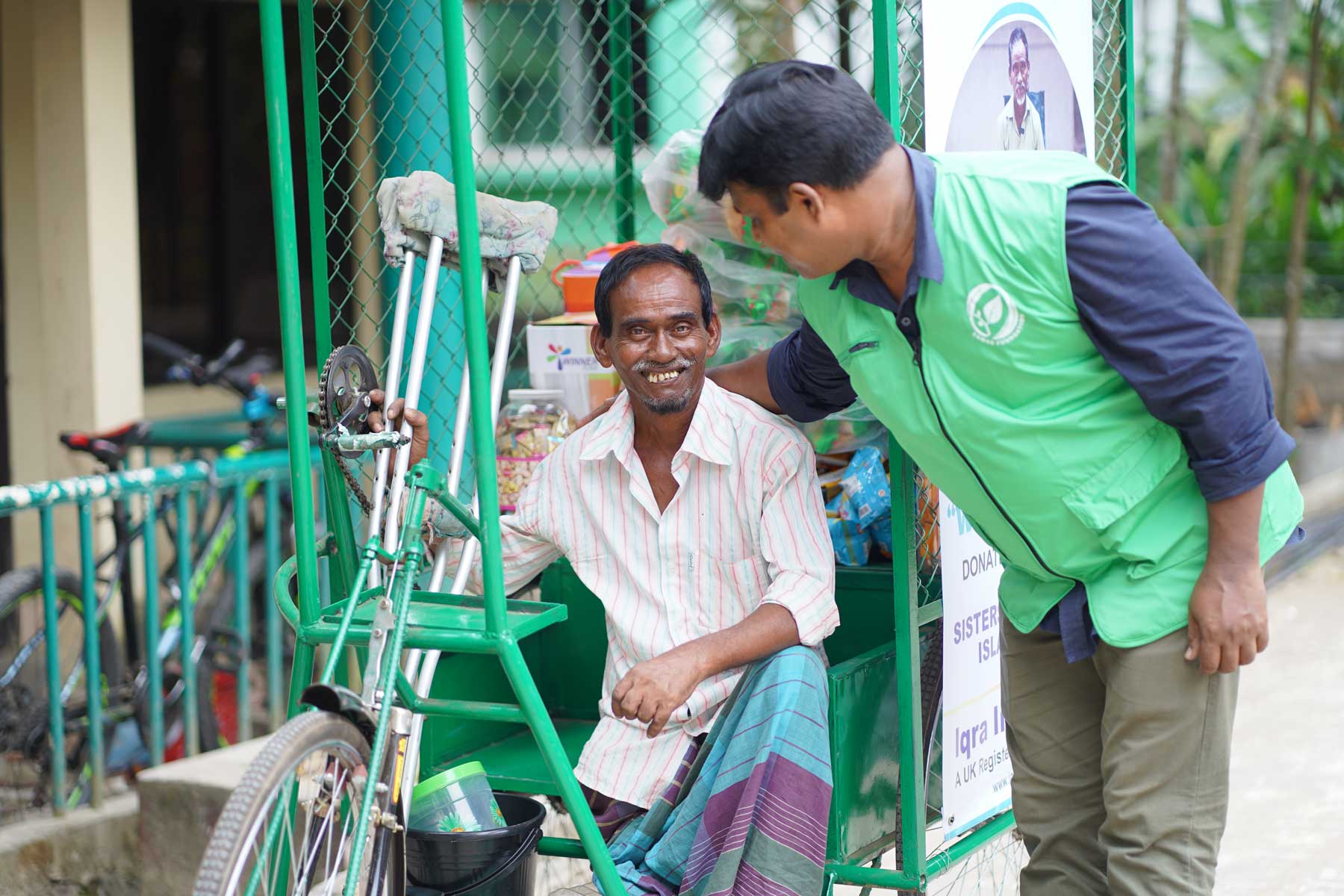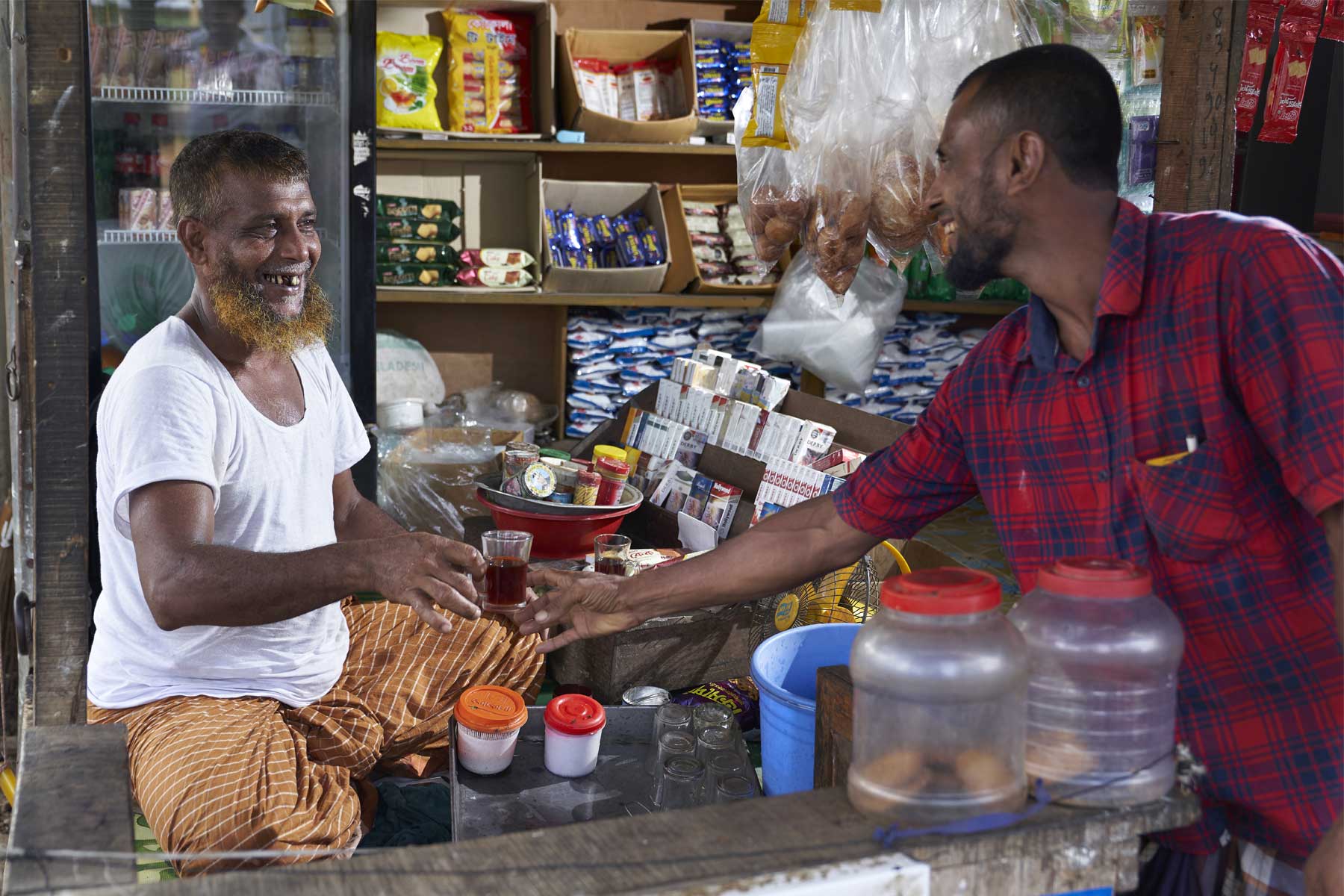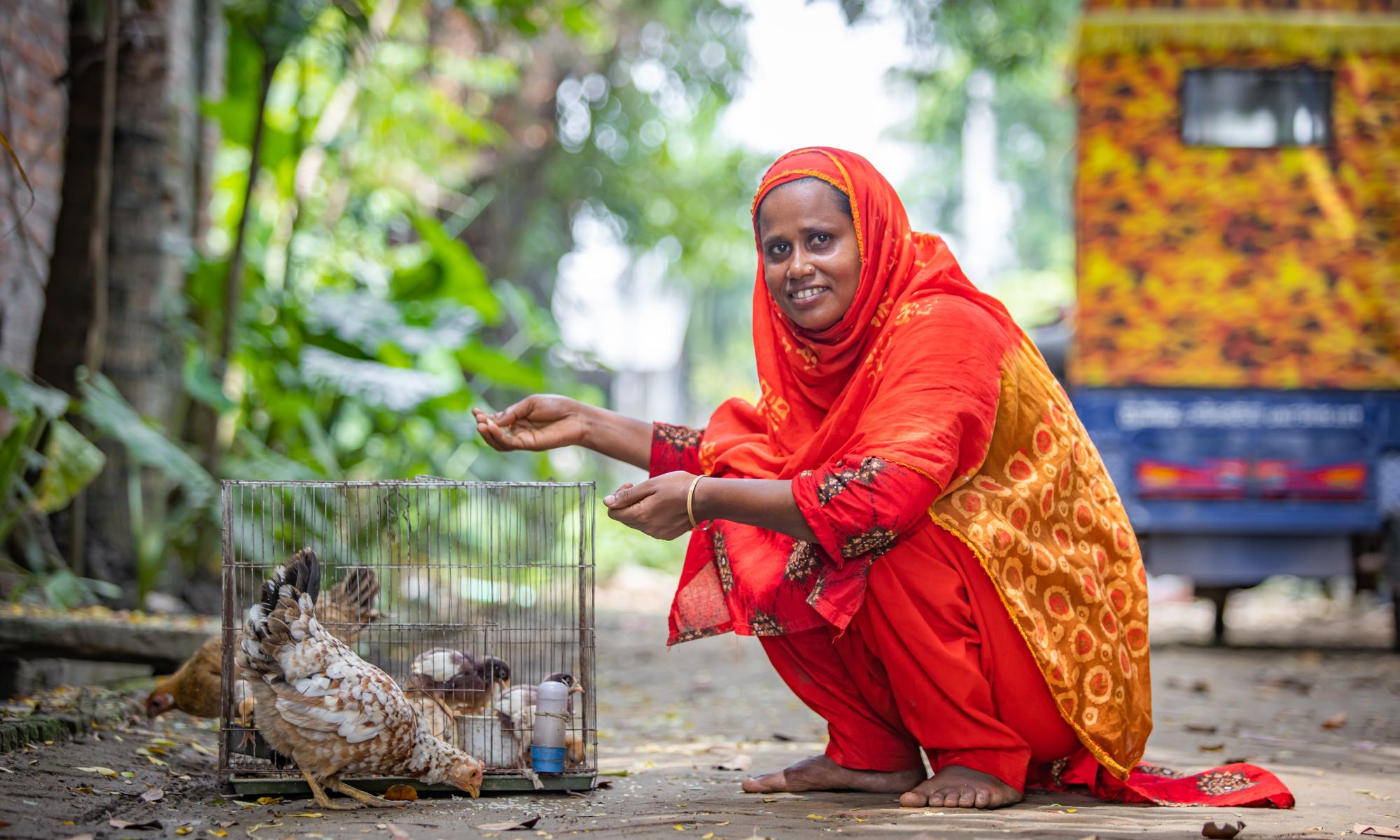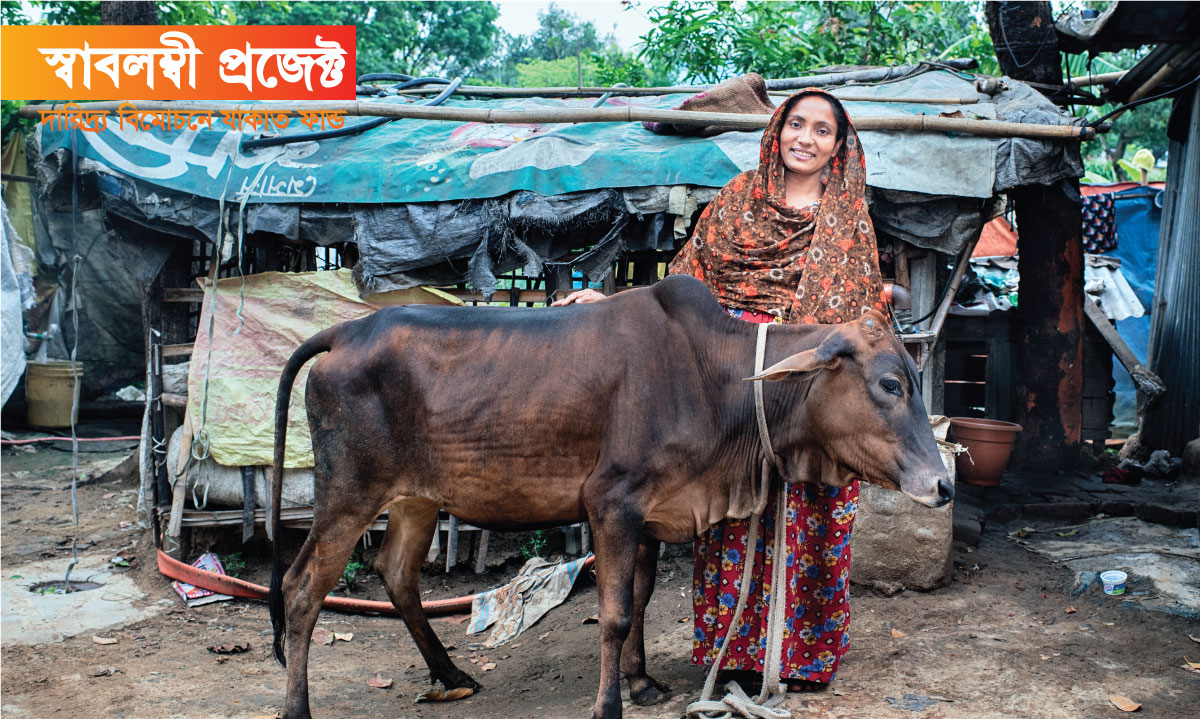Introduction: Bangladesh is characterized by poverty; on the Human Development Index, 35 million Bangladeshis live below the extreme poverty line. This extreme, often chronic, poverty is synonymous with hunger and malnutrition: nearly 50% of Bangladeshi children are underweight, and nearly a third of the entire population is malnourished. Nonetheless, between 2000 and 2005, the number of people living on less than $1.25 a day in Bangladesh declined from 58% to 50%. Bangladesh has reduced hunger by a significant margin, but the severity of hunger still remains serious, according to a report published by the Global Hunger Index (GHI) in 2019. With a score of 25.8, Bangladesh ranked 88th in the index among 117 qualifying countries. Its previous score was 30.3 in 2010 (Source: Global Hunger Index-2019). Based on the National Poverty Line of Bangladesh of $1.90 per person per day, poverty declined from 44.2 percent in 1991 to 13.8 percent in 2016/17 (Bangladesh Bureau of Statistics – BBS).
SAWAB Livelihood, TUP, and UPG Program: Welcome to the Poverty Alleviation Program facilitated by SAWAB through the Livelihood, Targeting Ultra Poor (TUP), and Ultra Poor Graduation (UPG) Model. We are dedicated to uplifting communities and families in need by providing sustainable livelihood opportunities. Through these projects, we have supported 50,000 families with livelihood assistance and 500 ultra-poor families with the TUP approach.
Supported by SAWAB, our program offers various avenues for livelihood enhancement. Beneficiaries are provided with resources such as rickshaws, grocery shops, vans, and opportunities for cow and goat rearing. These initiatives are aimed not only at immediate relief but also at fostering long-term economic independence and stability.
This significant poverty reduction was coupled with high levels of economic growth and increases in per-capita consumption expenditure. Although there has been a substantial decline in households living in poverty over the last decade in Bangladesh, a significant part of the population still lives below the poverty line. They suffer from acute rural-urban economic disparity coupled with illiteracy and a lack of health and sanitation facilities. In Bangladesh, the development process is mainly focused on ensuring the socio-economic promotion of poor people. It has been evident that the lack of access to resources is one of the major reasons for underdevelopment. The access of poor people to formal financial institutions/banks is denied due to the lack of collateral and other security. The formal banking system deprives them of borrowing, saving, and investing in income-generating activities, which is why poor people remain poor.
Livelihood and Targeting Ultra Poor (TUP) Projects help them get different trade-based tools and goods by which they get involved in income-generating activities and thus become self-reliant. In reality, these projects are providing a very successful intervention of NGOs in poverty reduction strategies. It gives marginalized people a space, not available at all in the formal process, to create resources.
To build sustainable livelihoods and food security for the poor, extreme poor, and disadvantaged communities living in the poverty-stricken areas of Bangladesh, SAWAB has been implementing the Livelihood, Microfinance, and Targeting Ultra Poor (TUP) Project. It is projected to eliminate extreme poverty as poverty disproportionately affects women, particularly widows, and divorced or separated female-headed households, who face a considerably higher incidence of poverty.


Location: All Over “Bangladesh”
Our efforts are focused on Kurigram, Lalmonirhat, Nilphamari, Gaibandha, Jamalpur, and Thakurgaon, areas where poverty rates are high and resources are scarce. By targeting these regions, we aim to make a significant impact on poverty alleviation and community development.
The Need for Livelihood and TUP/Ultra Poor Graduation Model: In these communities, many families struggle to meet their basic needs due to a lack of employment opportunities and financial resources. The Ultra Poor Graduation Model is especially crucial for those living in extreme poverty, providing them with the necessary support and resources to lift themselves out of destitution and build a better future for themselves and their families.
Impact: Through our program, we have already witnessed remarkable transformations within communities. Families who were once struggling to make ends meet are now thriving entrepreneurs, contributing to the local economy and breaking the cycle of poverty.
Why Your Support Matters: Your support is instrumental in ensuring the success and sustainability of our initiatives. By joining hands with us, you become a catalyst for positive change, empowering families to build brighter futures and creating lasting impact in communities.
How You Can Help: There are several ways you can contribute to our cause. You can donate funds, volunteer your time and skills, or spread awareness about our program. Every contribution, no matter how big or small, makes a difference in the lives of those we serve.
Join Us Today: We invite you to join us in our mission to alleviate poverty and empower communities. Together, we can make a tangible difference in the lives of thousands of families, giving them hope and opportunities for a better tomorrow.
Together, We Can Make a Difference: With your support, we can continue to expand our reach and impact, touching the lives of even more families in need. Together, we have the power to create a future where poverty is no longer a barrier to opportunity and prosperity. Join us today and be a part of the change.



